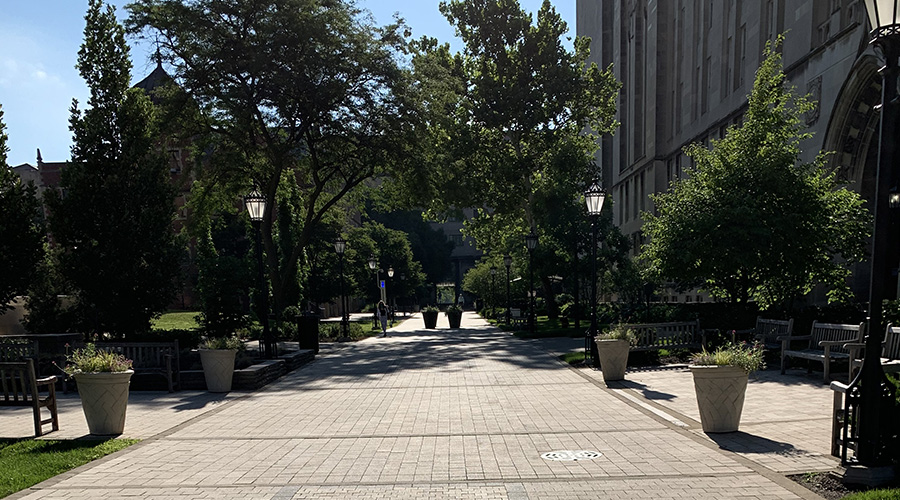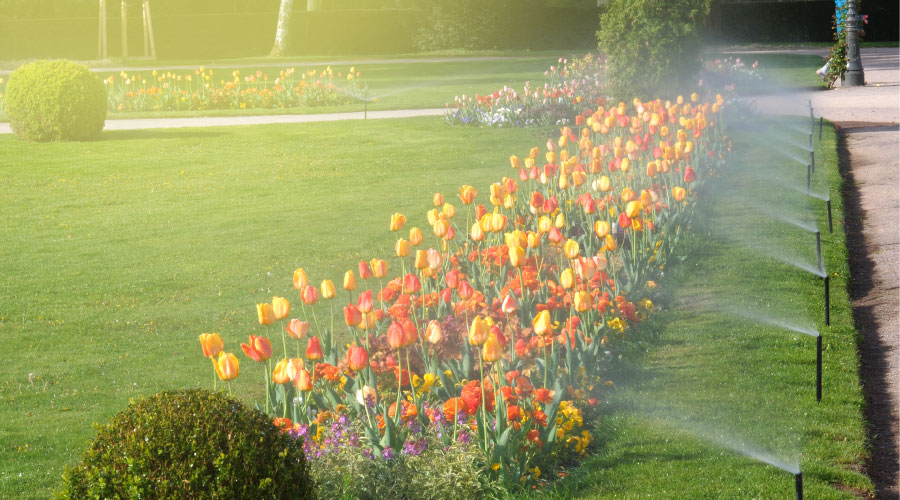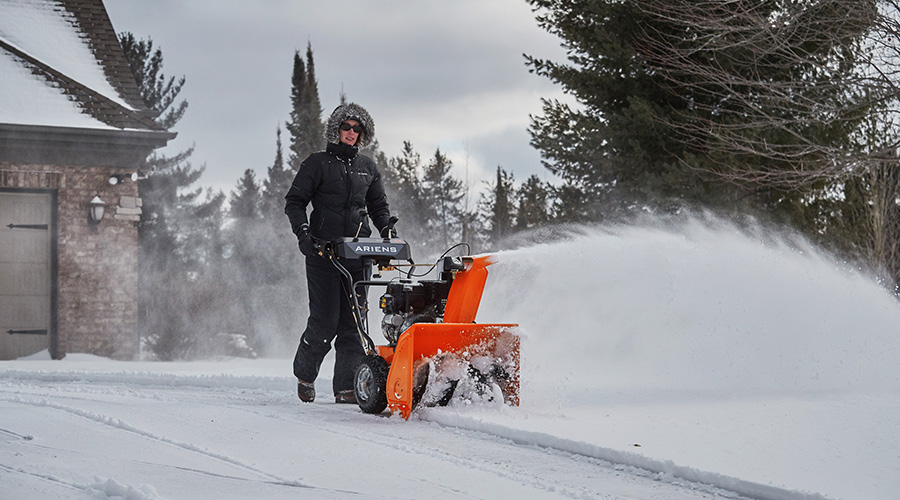How to Overcome Outdoor Drainage Issues
Weather extremes can create hazards for grounds managers. Here are some steps to avoid costly hazards.
Recently, a commercial grounds manager in Chicago faced a steep lesson in the hazards of landscaping maintenance. When a severe spring rainstorm triggered flash flooding in a newly landscaped parking lot at a prominent shopping center and several tenants reported significant water damage and hazardous conditions. These conditions led to an injury and a lawsuit.
In Chicago, where weather extremes and urban complexities combine to challenge property upkeep, commercial landscaping is more than just an aesthetic element. It can be a linchpin in managing liability, driving tenant satisfaction, and enhancing property value.
One of the most frequent issues seen in commercial landscapes is poor drainage. When proper grading and water management design are neglected, natural elements such as heavy spring rain can cause pooling and flash floods. The flood at the shopping center was not an isolated incident. Drainage problems can lead to erosion, plant stress, and unsafe walking surfaces that dramatically increase liability exposure. Some strategies to overcome the challenges include:
Performing a site drainage analysis: Grounds managers should regularly assess the property after major weather events to ensure the landscape design can manage water flow effectively. Consider employing professionals to review drainage plans and recommend adjustments where necessary.
Designing with natural contours in mind: Select materials for hardscape areas that promote water dispersal. Permeable pavements and strategically placed swales can redirect water away from key pedestrian pathways.
Integrating rain gardens and bioswales: These elements absorb excess water, filter pollutants, and add an attractive, functional aesthetic while reducing water accumulation.
Be proactive
Many facility managers wait until visible problems arise — a strategy that transforms manageable issues into major costs. A reactive maintenance plan, rather than a scheduled, preventive plan, can lead to rapid deterioration of landscaping elements, which undermines aesthetic appeal and safety. To avoid these situations, grounds managers should:
Establish a detailed maintenance schedule: Develop a routine checklist that covers seasonal cleanups, pruning, fertilization, and irrigation system inspections. Document maintenance activities meticulously for both internal review and potential legal defense.
Train in-house teams and vet vendors: Ensure that maintenance personnel or contracted vendors follow best practices and are educated on the importance of timely interventions. Communication channels should be clear, with contingency plans outlined in vendor contracts.
Use preventive assessments: Regular evaluations help identify issues such as weed overgrowth or plant health declines before they cause significant damage or safety hazards.
Tom Marsan is a certified snow professional who has been in the landscaping and snow removal industry for about two decades. He is an active member of ILCA and SIMA and is currently the general manager at Beverly Companies in Chicagoland.
Related Topics:















